Title
Content
Title
Content
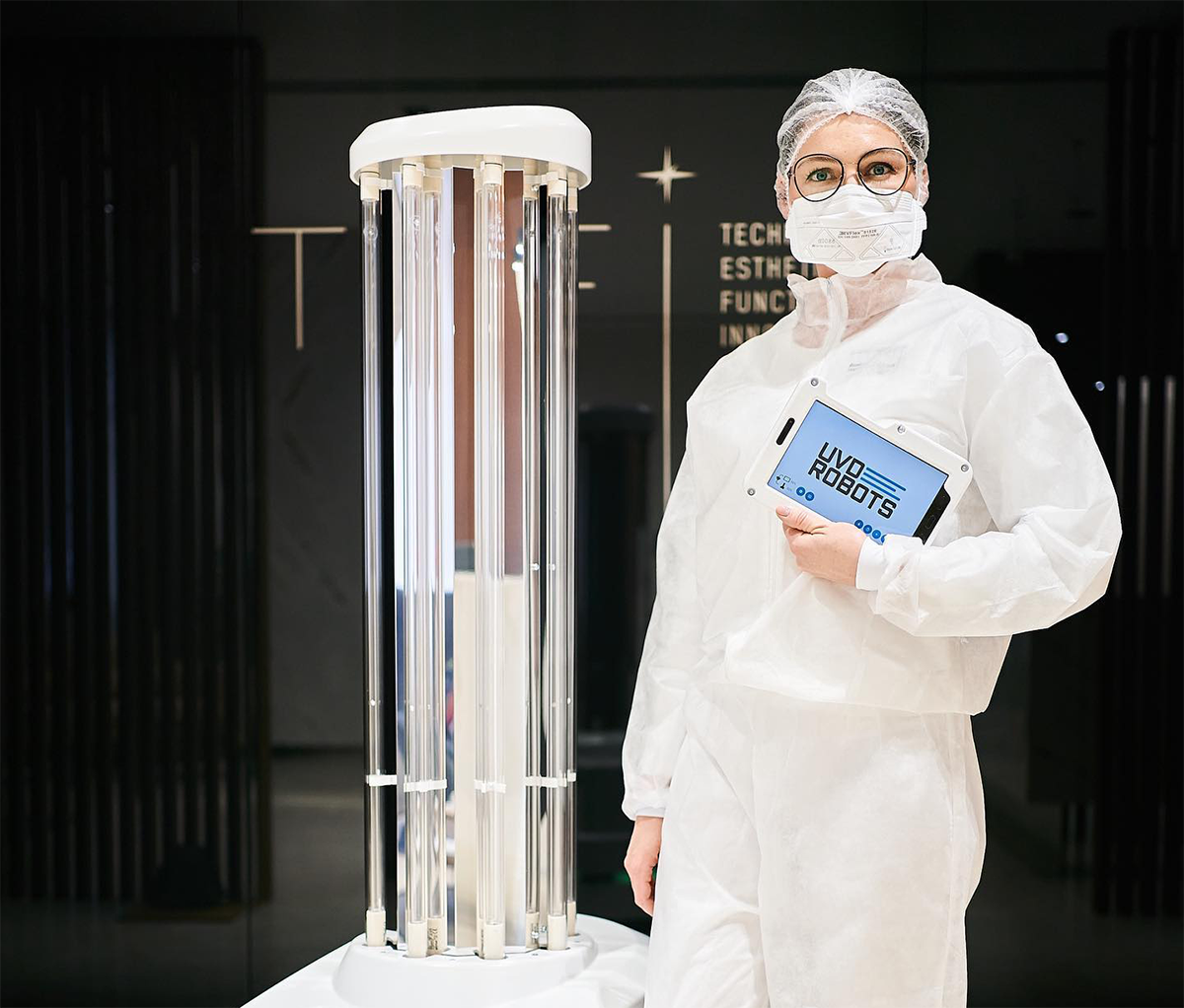
In a world with an increasing focus on stopping bacterial spread in different environments, there is a pressing need to find new solutions for cleaning and disinfection. UV light disinfection methods have recently gained the most attention, especially those that use UV-C wavelengths.
As many people have explored different cleaning and disinfection solutions, we often get the question: Which are better - autonomous or static systems? So let’s talk a bit about that.
Static disinfection systems involve the manual placement and repositioning of a light-emitting robot in a room, where the unit will only disinfect areas within close range.
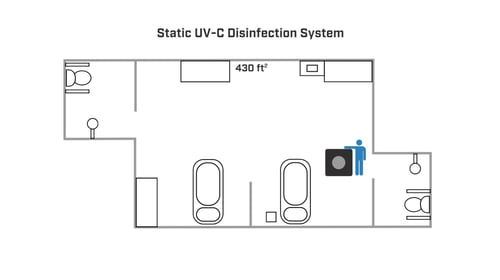
For this light to reach all corners of a room, a person has to manually move the robot between periods of disinfection. When repositioning static disinfection systems, the operator might introduce outside pathogens to a room, risking contamination of the newly disinfected areas. When using static disinfection systems, the average disinfection time for a 40 square-meter room is 45-60 minutes.
Leaving static disinfection systems to emit light for longer periods of time will result in suboptimal disinfecting efficacy due to distance and shadow limitations. These systems might even overexpose surfaces to disinfecting light, which could produce micro cracks and reservoirs on different surfaces for microorganisms to thrive.
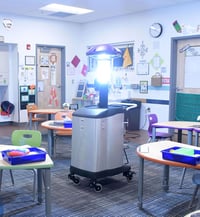
A room might look clean. But if it’s not properly disinfected, there is no guarantees that microbes are not lurking in corners, behind curtains, or on different surfaces.
When using an autonomous disinfection system like UVD Robots, it is possible to disinfect an entire 40 square-meter room in only 18-20 minutes. The robot does this thoroughly all by itself, and can easily reach all areas of the room.
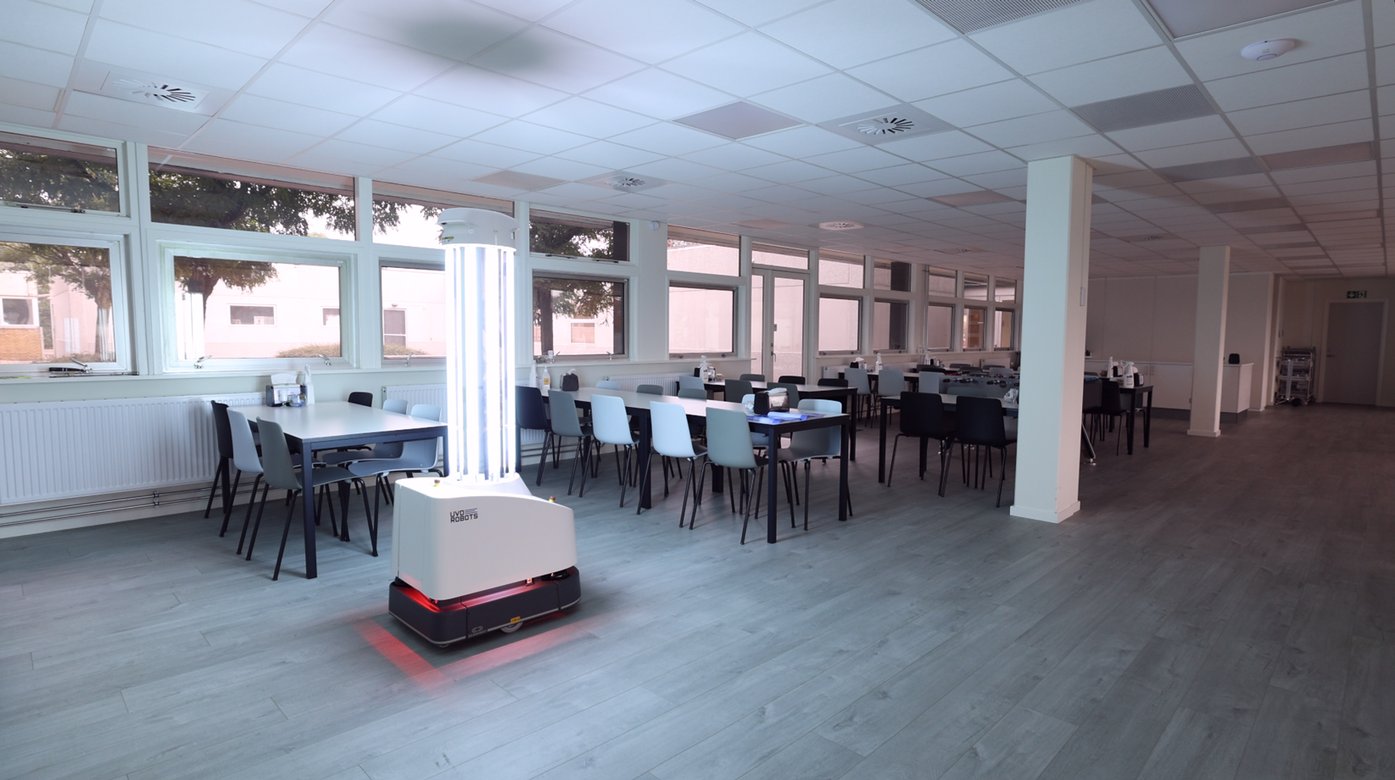
Contrary to what some might believe, the robot can in fact operate with minimal human assistance - allowing staff to handle other tasks while the robot performs its disinfection routine.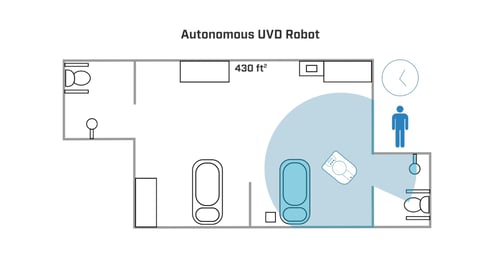
All it needs is to be set up with the tablet app and a map of the room. The UVD Robot will remember the room layout and will disinfect the area with a few clicks from the operator. The UVD Robot saves time for the cleaning staff, which only needs to map the disinfection route for the autonomous unit. From here on staff is free to perform other assignments, and/or prepare the next room for disinfection.te with minimal human assistance - allowing staff to handle other tasks while the robot performs its disinfection routine.
An autonomous disinfection system like UVD Robots is safe. It has a state-of-the-art safety system that ensures it will stop the disinfection process immediately if a person enters a room or other area of disinfection.
A static disinfection system requires multiple human interactions along the disinfection cycle to reach whole-room efficacy. With safe and efficient autonomous disinfection systems like UVD Robots, disinfection becomes a convenient and automatic process.
With UVD Robots you never forget to pay attention to the microbe behind the curtain. The UVD Robots operate autonomously, assuring sufficient irradiation of UV-C light on all surfaces. Fast, efficient, and chemical free solution guaranteeing a higher level of disinfection.